The challange is to create an interface to allow interaction from phisical object to virtual 3D model.
I'm passionate of 3D printing and I'm spending time to investigate new types of materials like paste extruding.
Especially in clay, 3d print is very important being able to design to avoid hoverhanging problems, so I've tried to develop an interface that automatically avoid some type of problems and create a 3D files which is the result of a very unique situation.
This project gives the possibility to create shapes without knowing the 3D software so that it could be used for educational purposes.
Using some sensors connected to an Arduino, I've trasformed the data in a 3D shape like a vase which can be later 3d printed with classical materials or in Clay.
All the files are in my GitHub repo
https://github.com/owenlab/FlowerArtist
All the project is released under
Attribution - Share Alike
Creative Commons licence
 Gianlu Owen
Gianlu Owen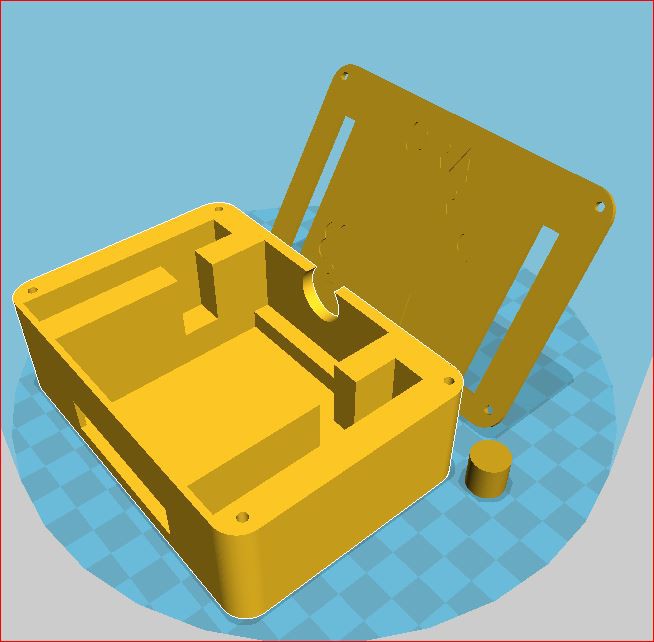

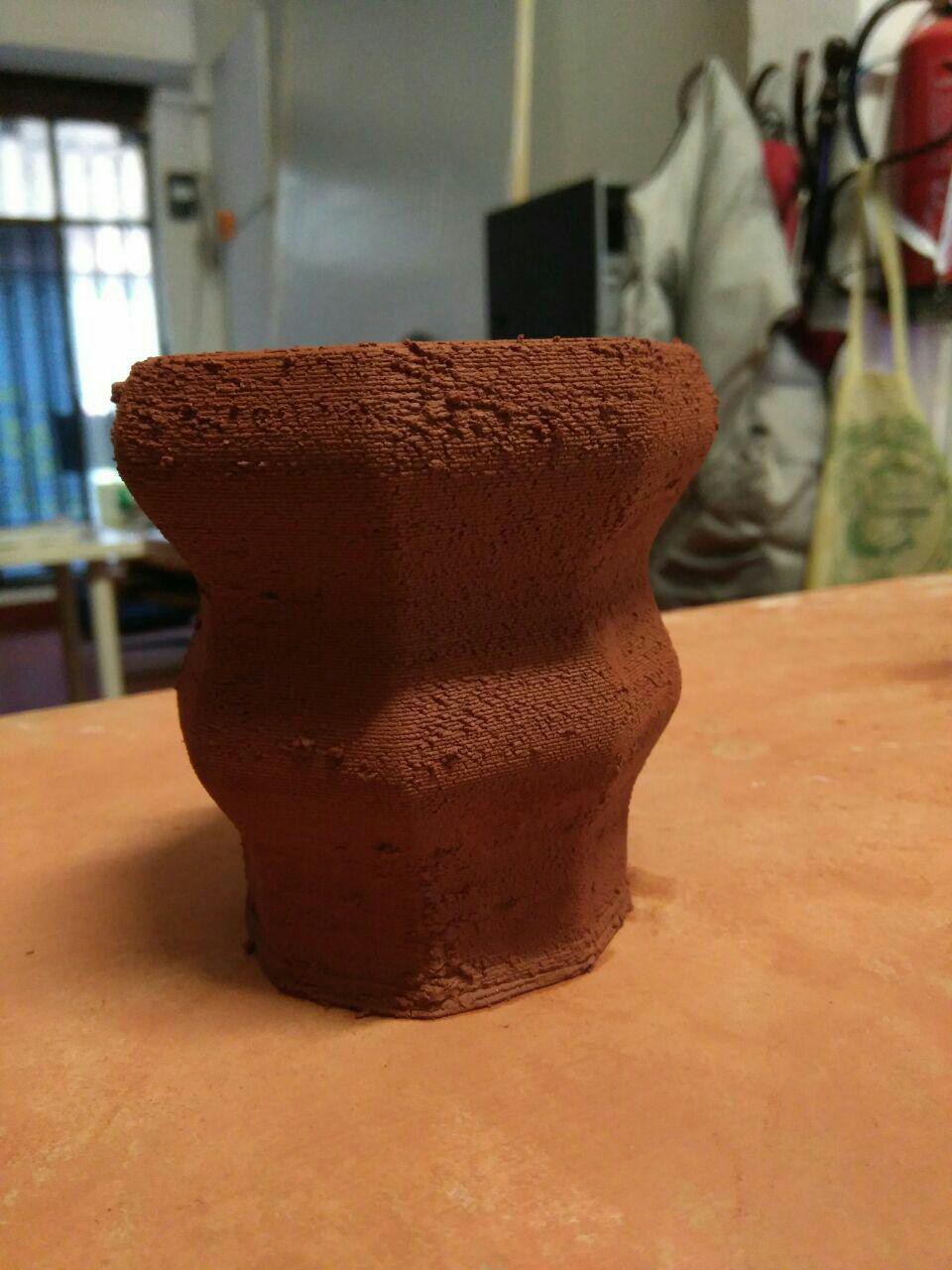
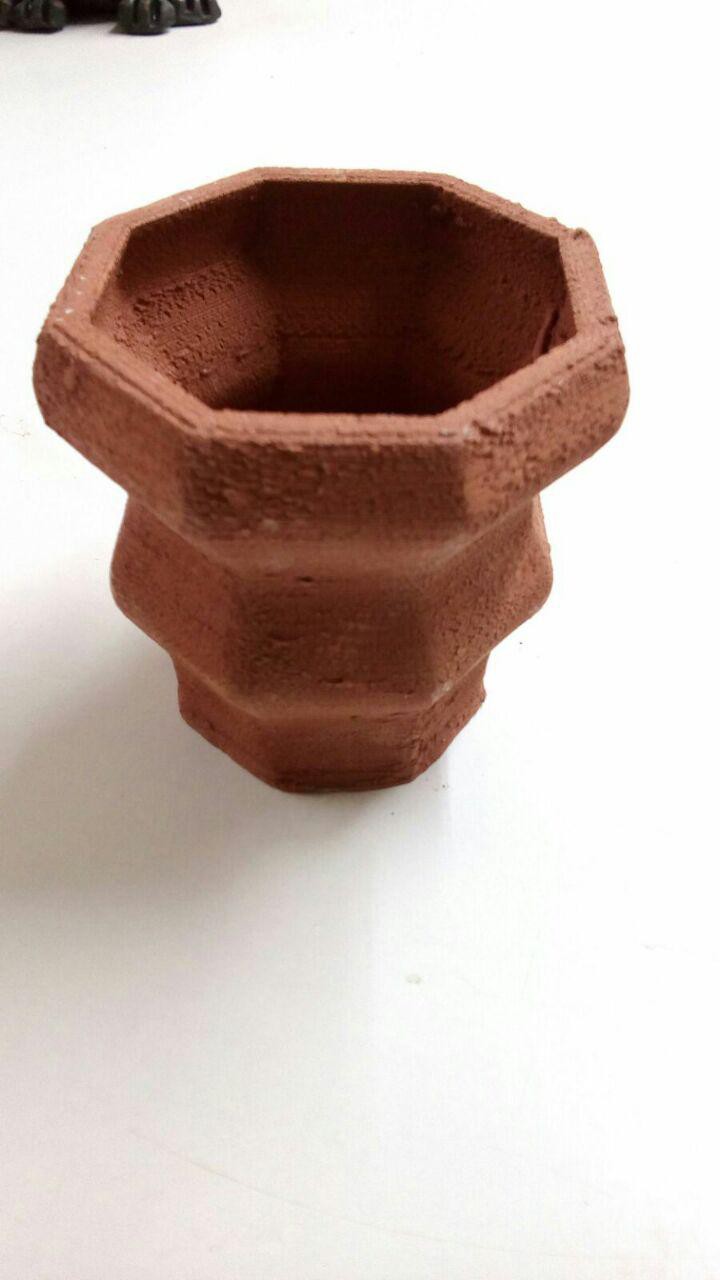

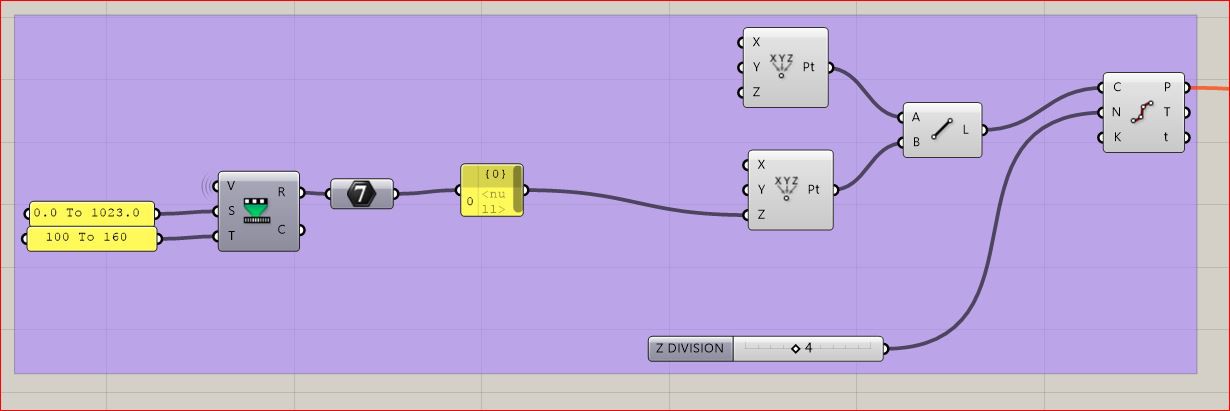

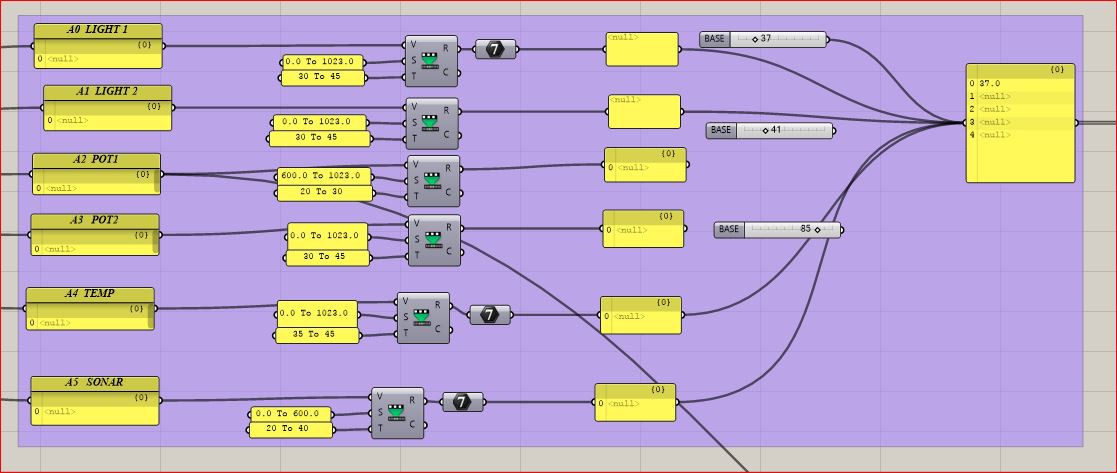
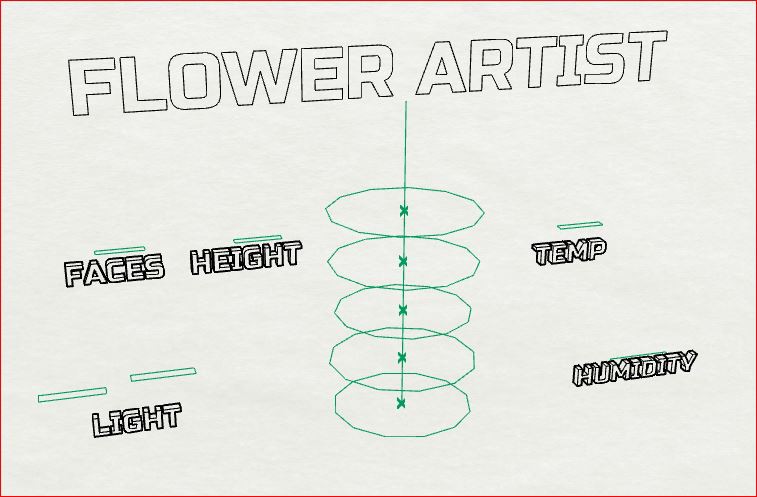

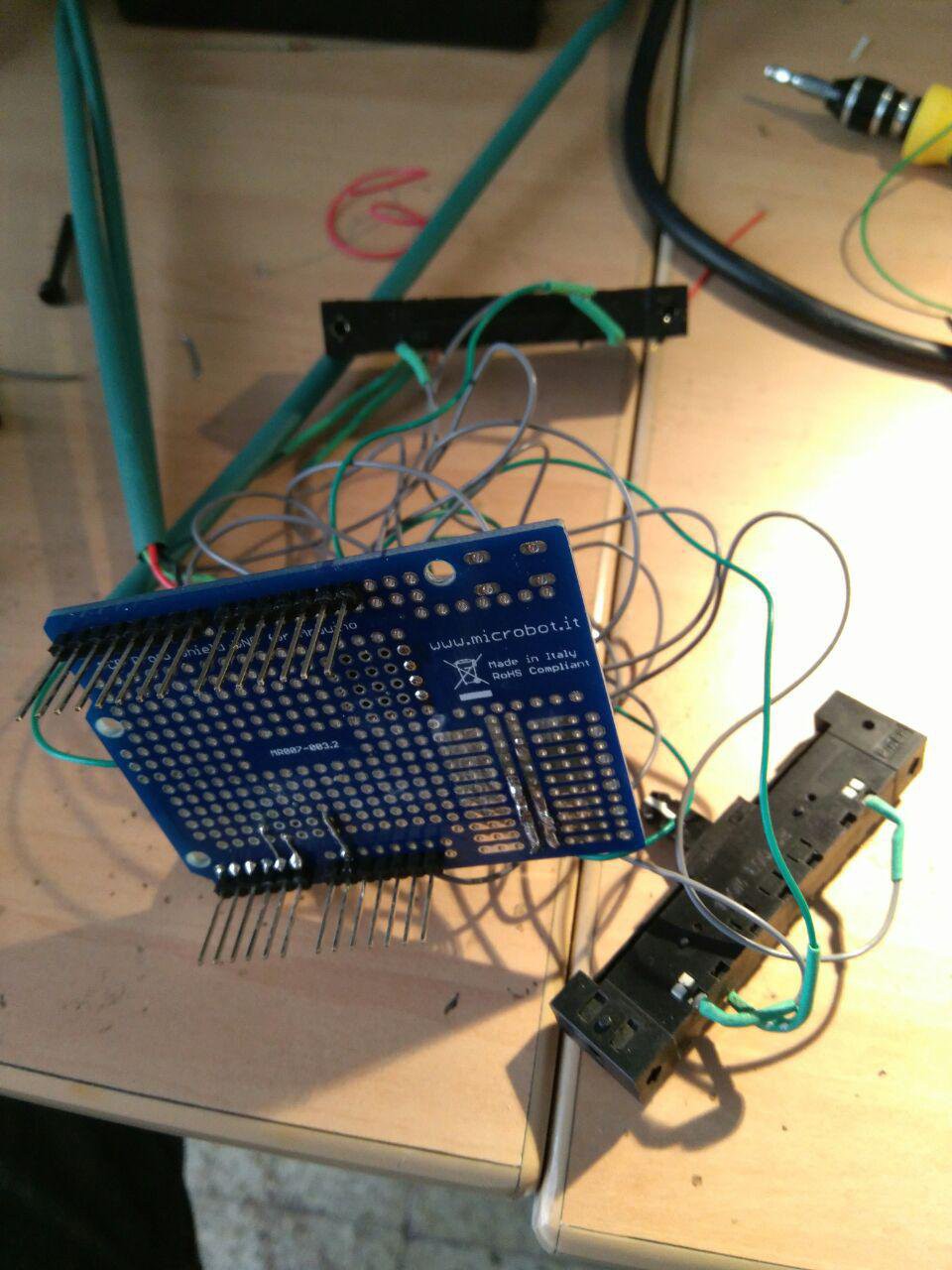
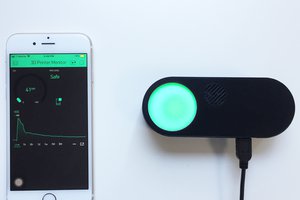
 Gary Peng
Gary Peng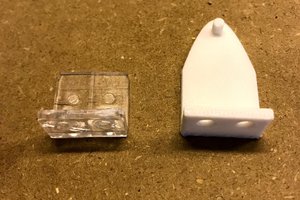
 B K
B K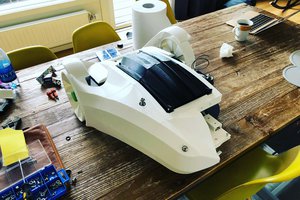
 Robin Fröjd
Robin Fröjd
 Thomas Suarez
Thomas Suarez